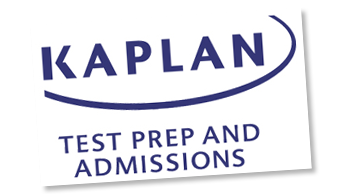I first heard of ovarian cancer about ten years ago. The daughter of a family friend suffered from ovarian cancer, and subsequently died of it. She was hardly fifteen years old. I have been keeping track of research in the field of cancer even since then. And now something hopeful has come up on my radar screen.
Of all forms of cancer, ovarian cancer is pretty rare, but it is deadly because it produces few symptoms until it is too late to save the patient. Until now, there haven’t been many reliable ways to detect ovarian cancer at the early stage. However, recently scientists at the Georgia Institute of Technology found a way to detect ovarian cancer in blood samples with almost 100% accuracy. They published their findings in the August 10, 2010 online edition of Cancer Epidemiology, Biomarkers & Prevention.
Scientists from Georgia Institute of Technology collected blood samples???50 controls, and 44 from women who were diagnosed with ovarian cancer. The clotting factors and red blood cells were removed from blood samples. The remaining serum was used to assess the metabolome of the patients. The metabolome is the unique biochemical signature of each individual. Healthy people have a pattern of metabolome comprised of hormones and chemical by-products.
A mass spectrometer was used to detect and separate 20,000 metabolites and calculate the amount of each one of them. These generated metabolic profiles of every participant in the study, and the metabolic profiles of patients diagnosed with ovarian cancer were compared to the profiles of the healthy controls.
This data was used to construct a predictive model that can classify the status of cancer in unknown samples. The model showed an accuracy of 99%. That one percent flaw came up because a control sample was incorrectly placed in the cancer group of samples. I am impressed with this kind of research and hope they can take this study further and make it a standard diagnostic process in the future.
Tags: Blod test, Cancer





